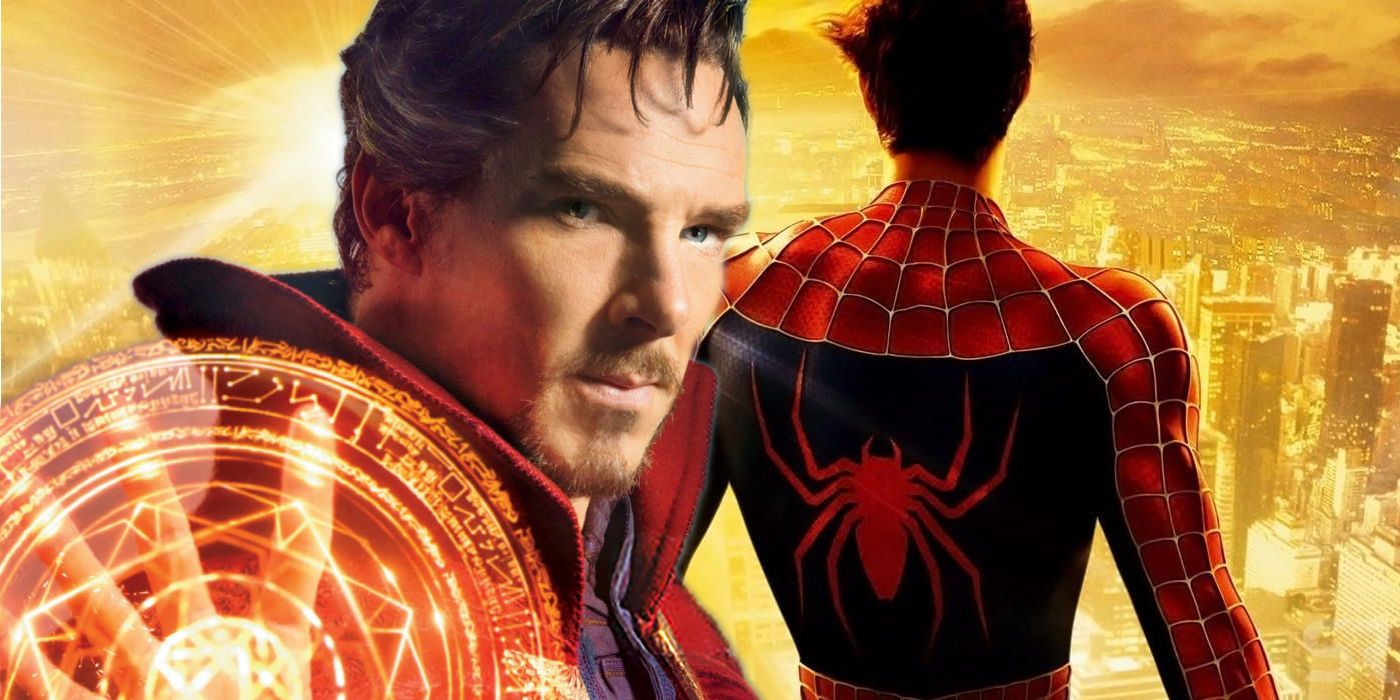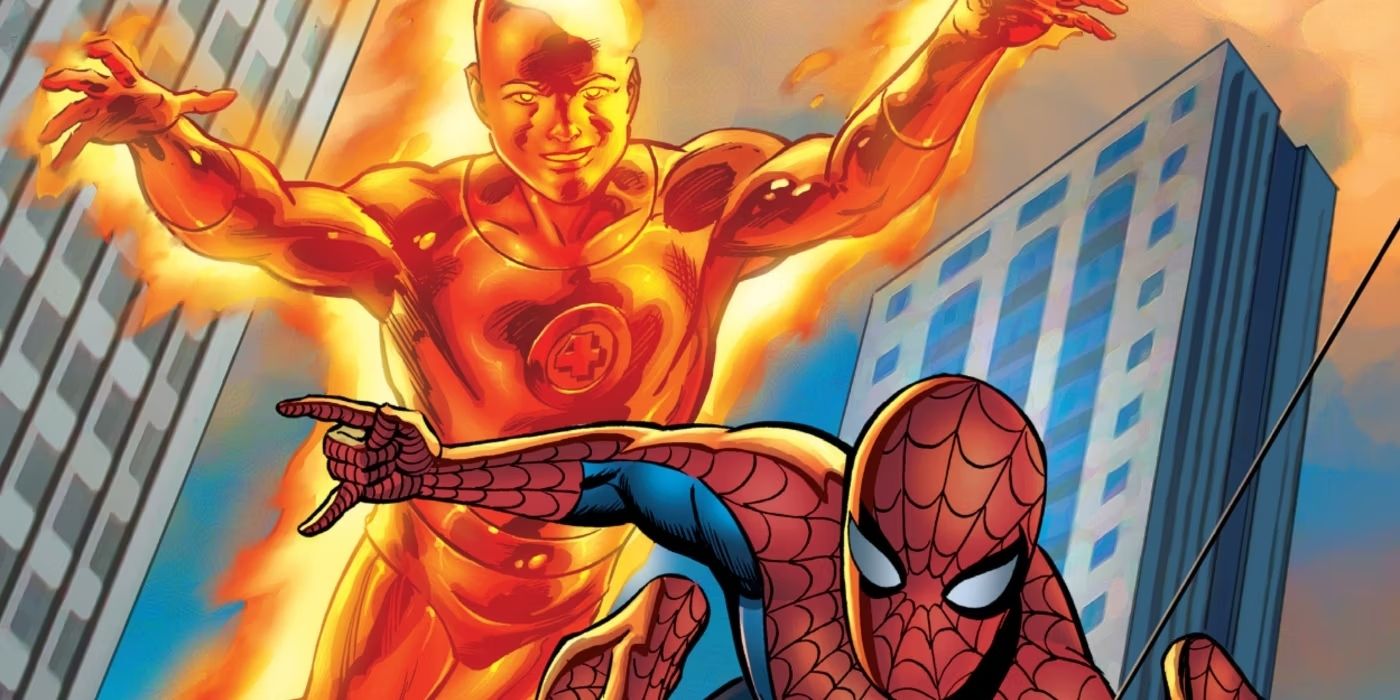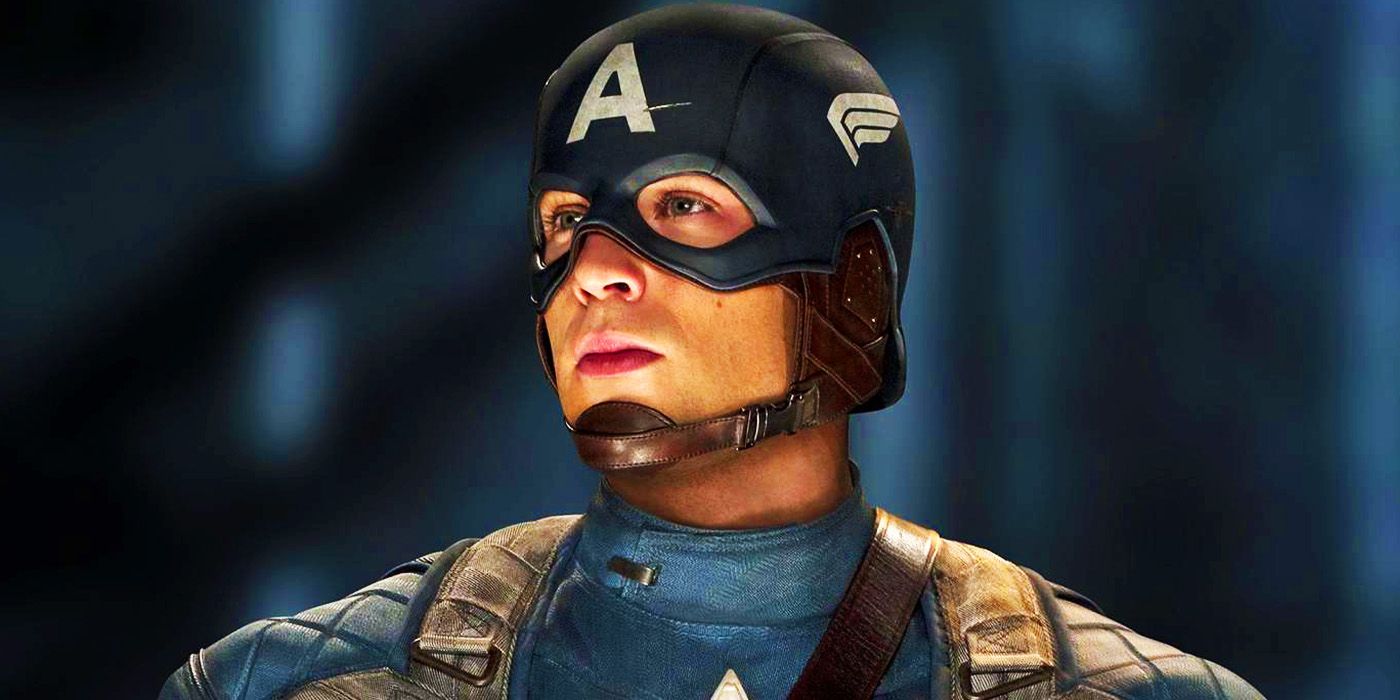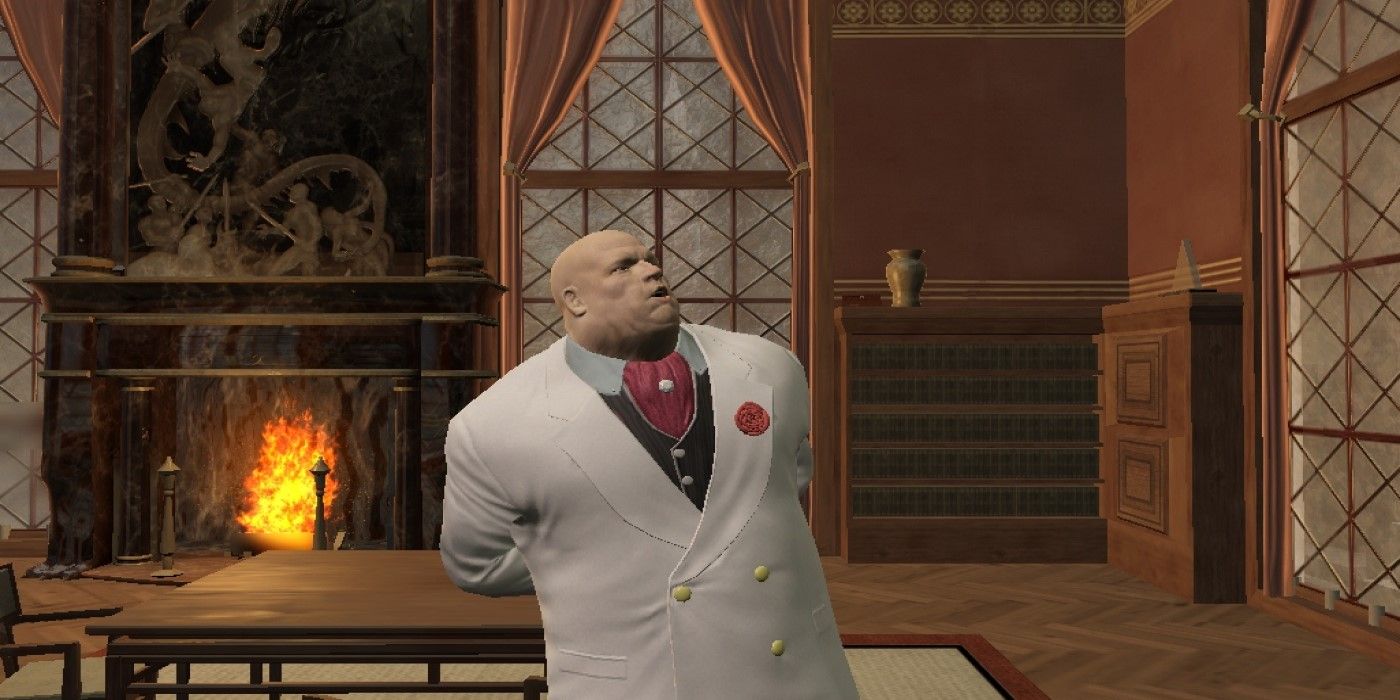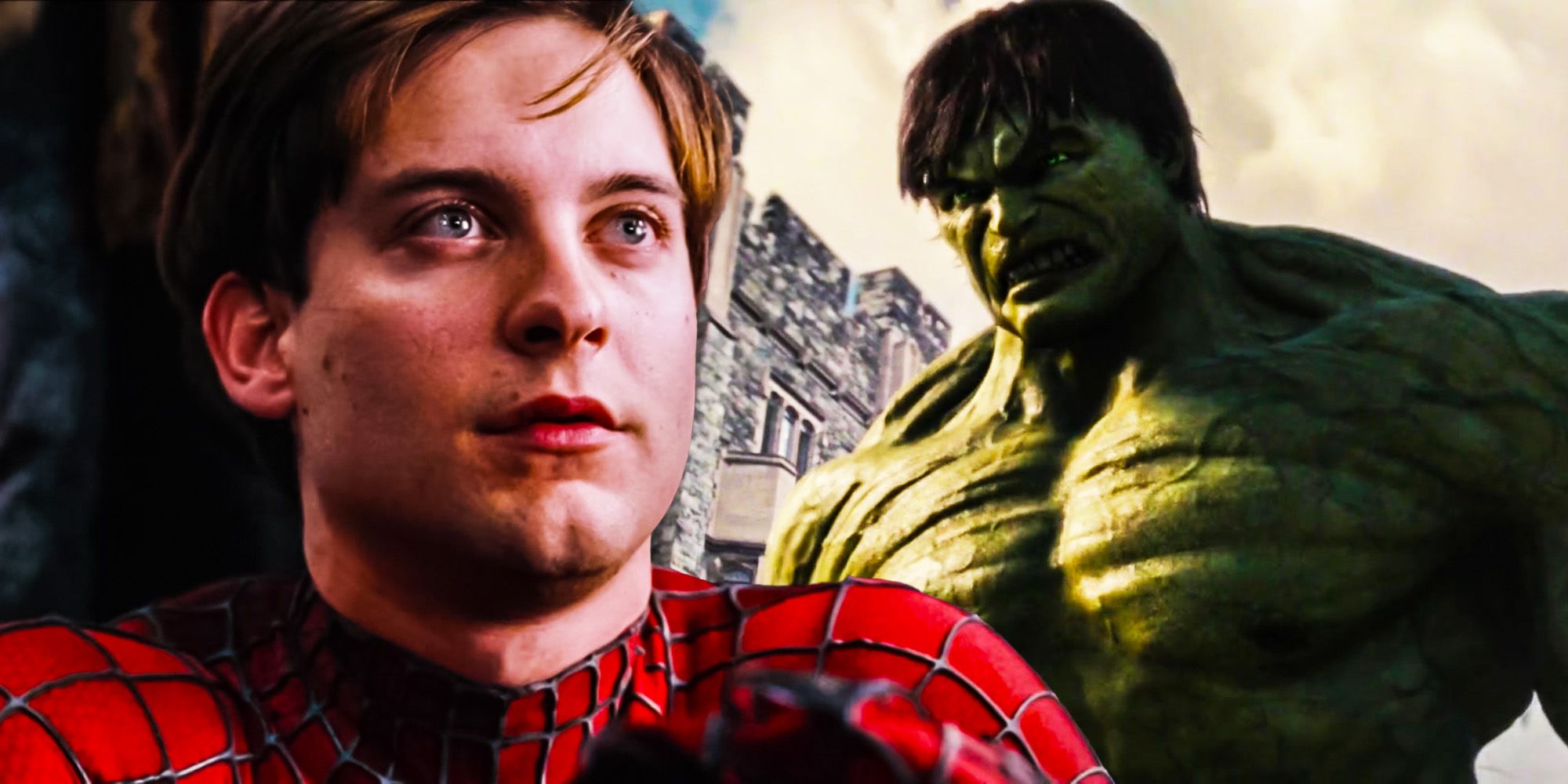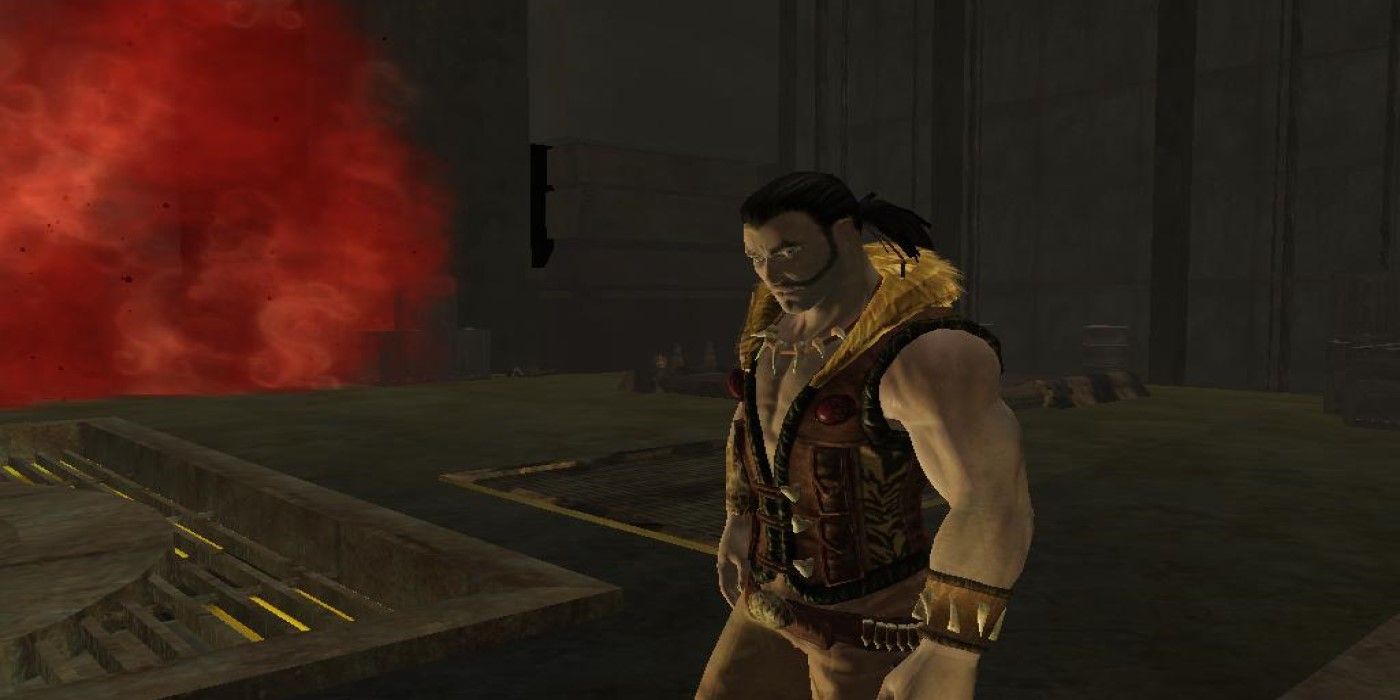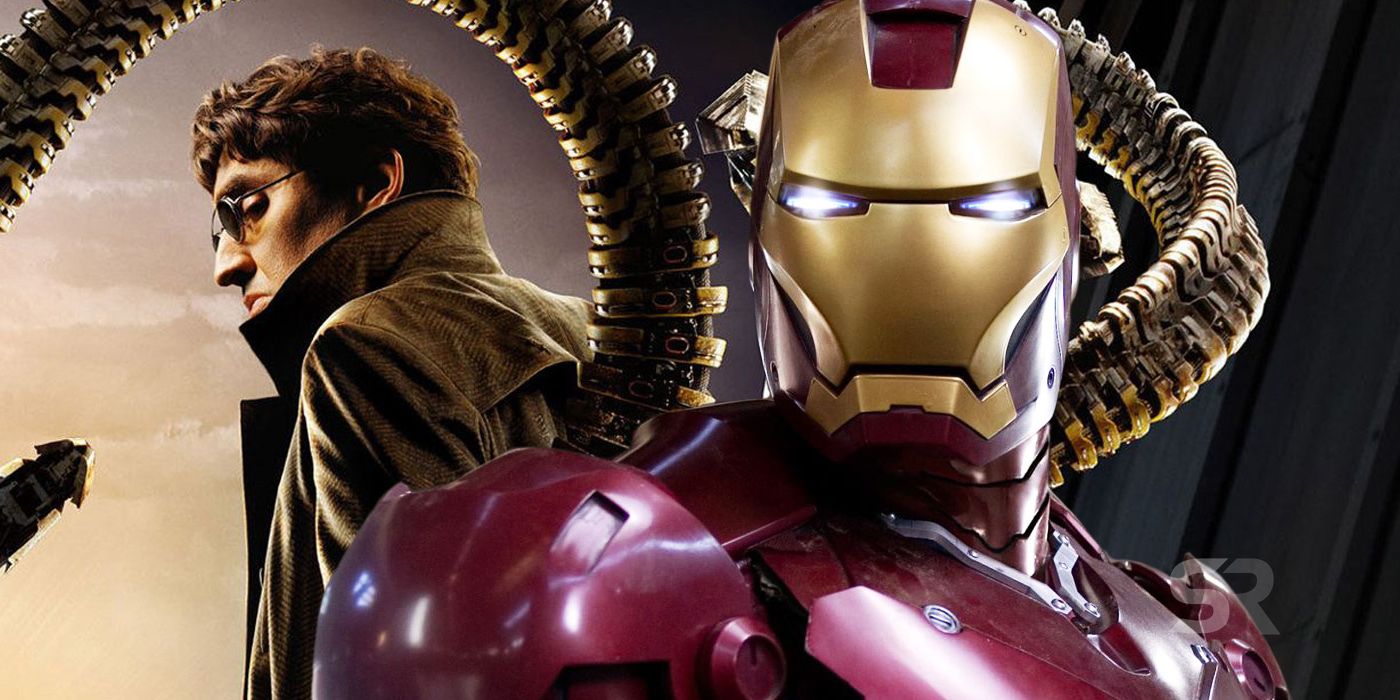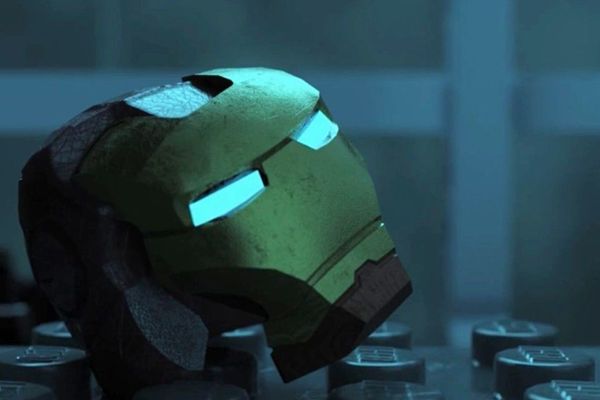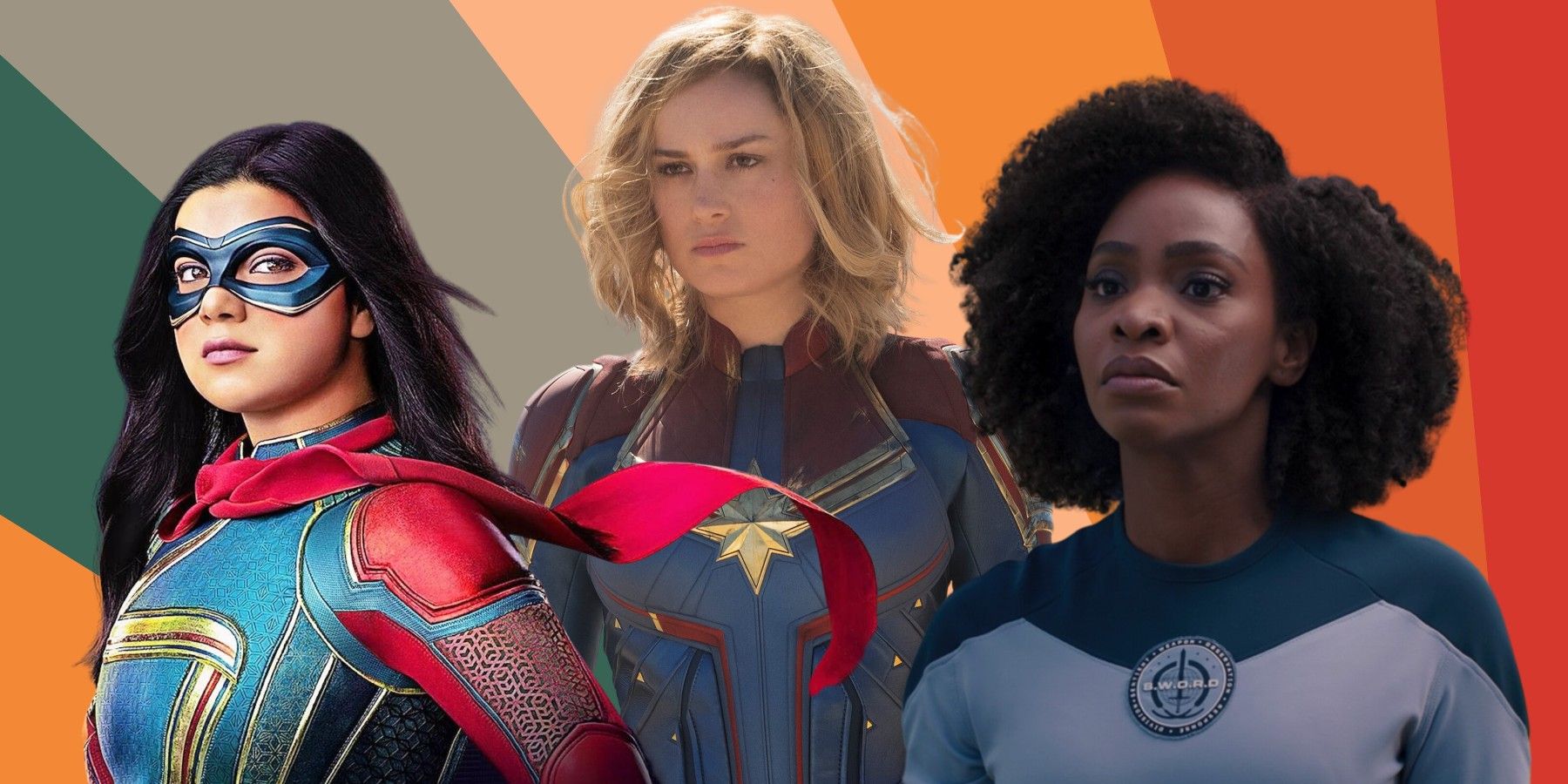
The Marvel Universe in Sam Raimi's Spider-Man Continuity

Exploring the hidden Marvel heroes and villains in the Raimi Spider-Man franchise and its ties to the broader Marvel universe.
The Marvel Universe Beyond Spider-Man
Sam Raimi’s Spider-Man universe may have crossed over with the Marvel Cinematic Universe in Spider-Man: No Way Home by focusing primarily on Tobey Maguire's hero, but Raimi's continuity has far more Marvel heroes than just Spider-Man - and further villains to boot. 2002’s Spider-Man's unprecedented respect for its comic source material, combined with its phenomenal cast and filmmakers, helped set the stage for the modern superhero film genre. Naturally, given that shared universe storytelling is a hallmark of superhero comics, the Raimi Spider-Man movies contain a wide array of Marvel superheroes and supervillains, with the films only showing a small portion of them.
Spider-Man 2 Doctor Strange
The Raimi Spider-Man franchise is best known for its live-action film trilogy, but it also includes several spinoff properties. Each of the three films includes video game and novel adaptations, which add additional story content and characters to the continuity. 2003’s Spider-Man: The New Animated Series continues the story of 2002’s Spider-Man, but contradicts the events of the other live-action films and Raimi Spider-Man spinoff materials, making it part of an alternate timeline that only includes itself and the original 2002 film. The non-movie material in the main Raimi timeline, however, brings a whole host of Marvel characters into the Raimi continuity.
Spider-Man and the Human Torch.
Marvel Superheroes in the Raimi Universe
The first and most obvious reference to the larger Marvel universe in the Raimi Spider-Man films comes in 2004’s Spider-Man 2. While brainstorming names for Dr. Otto Octavius’s villainous alter ego, Ted Hoffman suggests 'Doctor Strange,' which J. Jonah Jameson rejects, as it is 'taken.' A subtler reference can be found in 2002’s Spider-Man, with Peter Parker’s initial superhero name of 'The Human Spider' possibly referencing the Fantastic Four’s Human Torch. In the Spider-Man novelizations and video games, however, other Marvel superheroes are referenced, and some even directly appear, canonizing them in the Raimi universe.
Steve Rogers' Captain America in The First Avenger
In the 2002 Spider-Man novel, a young Peter Parker references the in-universe Captain America comics, and deleted dialogue in 2007’s Spider-Man 3 video game also references Steve Rogers. Matt Murdock is also referenced in the 2002 novel by his father, Battlin' Jack Murdock, implying that Matt has not yet become Daredevil. The 2002 novel also has Betty Brant remind J. Jonah Jameson of meetings with Reed Richards and Bruce Banner, with the former receiving a mention in deleted Spider-Man 3 video game dialogue and the latter being referenced again later in the novel, albeit as The Hulk.
Kingpin in Spider-Man 3.
The Spider-Man 2 novelization includes a direct appearance by Hank Pym, who attends Dr. Otto Octavius’s presentation of his fusion device. Pym referenced his Ant-Man helmet before the demonstration and mysteriously disappears and reappears when things go awry, perhaps secretly assisting Spider-Man in deactivating the device as Ant-Man. The novel also reveals that the man who found Spider-Man’s discarded costume in the garbage is actually an amnesiac Namor the Sub-Mariner, whose conversation with Betty Brant after delivering the suit to Jameson appears to somewhat stir his lost memories. Deleted dialogue in the Spider-Man 3 video game also mentions The Punisher.
MCU Wanted A Tobey Maguire Spider Man Cameo in Incredible Hulk
Expanding the Villain Roster
While the Raimi Spider-Man movies include 5 of Spider-Man’s greatest villains, the franchise’s spinoff materials canonize even more of his iconic rogue’s gallery. The 2002 Spider-Man video game pits Spider-Man against the Shocker, the Vulture, the Scorpion (before his redemption), and Kraven the Hunter. Spider-Man 2’s video game introduces the Rhino, Mysterio, and Calypso to the Raimi continuity as well. A reimagined version of Luke Carlyle (now known as The Mad Bomber), Morbius, Shriek, and Electro are all introduced in the Spider-Man 3 spinoff games, as is future Daredevil nemesis Kingpin.
Kraven the Hunter in Spider-Man 3.
The Spider-Man 3 game also sees Dr. Curt Connors transform into The Lizard and wreak havoc on New York before returning to human form and helping Spider-Man cure other citizens affected by the Lizard serum. The planned Spider-Man 4 would have potentially featured Connors as The Lizard as well, but since the film was canceled in early development, the Spider-Man 3 game version remains the canonical iteration. The Raimi Spider-Man continuity also sets up Hobgoblin and Doctor Doom as future supervillains, with the first two video games referencing Latveria, the home country of Victor von Doom. In Spider-Man 3, there is a gold variant of the Green Goblin mask with more aggressive features sitting between Norman Osborn’s original mask and Harry’s more utilitarian New Goblin mask. This is an obvious reference to the Hobgoblin, and the fact that Peter Parker had been thinking about a cure for the Goblin serum by the events of No Way Home could imply that he faced another Goblin after Spider-Man 3.
Spider-Man 3 Hobgoblin mask
The Almost MCU Integration
The Raimi Spider-Man franchise was nearly far bigger than three movies and their respective spinoff materials, as there were multiple attempts to tie it to other Marvel movie franchises. The first attempt was a cameo by Hugh Jackman as Wolverine, who was set to make a brief appearance in 2002’s Spider-Man. In a 2013 HuffPost interview, Jackman revealed that what ultimately prevented his cameo – which would have established the Raimi Spider-Man and Fox X-Men universes as having a shared continuity – was that his Wolverine costume was missing. Spider-Man 2, however, was more successful with its Marvel cameo.
Iron Man almost crossover Spider-Man 2
Mary Jane Watson runs past a man who looks remarkably like Thomas Jane’s Frank Castle at the end of the film. As revealed in Spider-Man 2’s DVD commentary, the man is Frank Castle from 2004’s The Punisher, though Jane’s stunt double plays Castle instead of Jane himself. Either way, the Raimi Spider-Man franchise inhabits the same continuity as 2004’s The Punisher, thanks to this cameo. Unfortunately, two attempts to tie Raimi’s Spider-Man films to the Marvel Cinematic Universe were unsuccessful. 2008’s Iron Man, which initiated the MCU, reportedly originally linked the stories of Tony Stark and Otto Octavius, with a supposed early draft of the film establishing that the two collaborated on the latter’s robotic octopus-like tentacles. The idea never made it to the final film, possibly due to Sony’s ownership of Spider-Man’s film rights. The MCU’s second film, The Incredible Hulk, nearly had an even more significant link to the Raimi films, with Tobey Maguire himself set to cameo as Peter Parker. While director Louis Leterrier lobbied hard to have Maguire appear as Peter Parker, Sony Pictures vetoed his idea.
